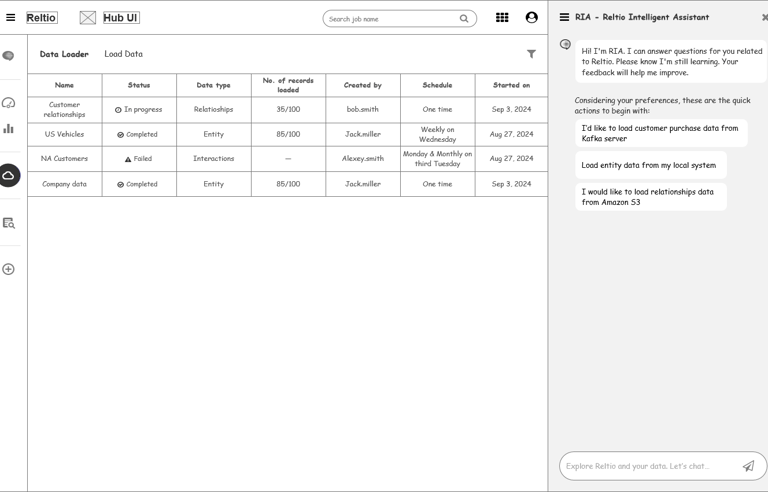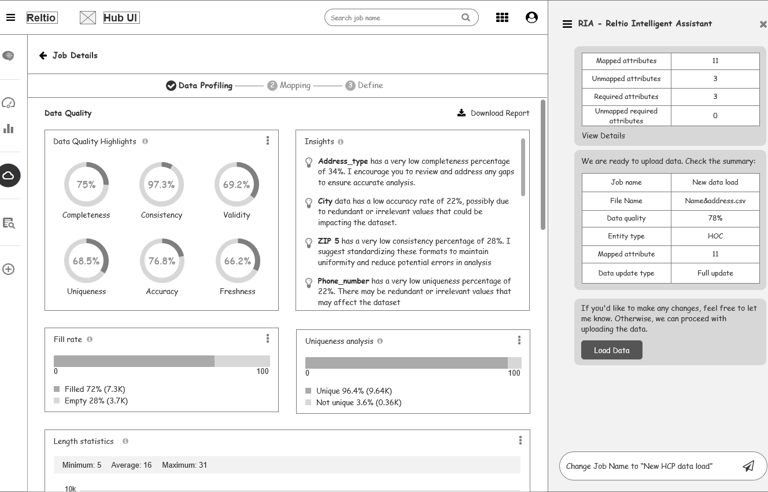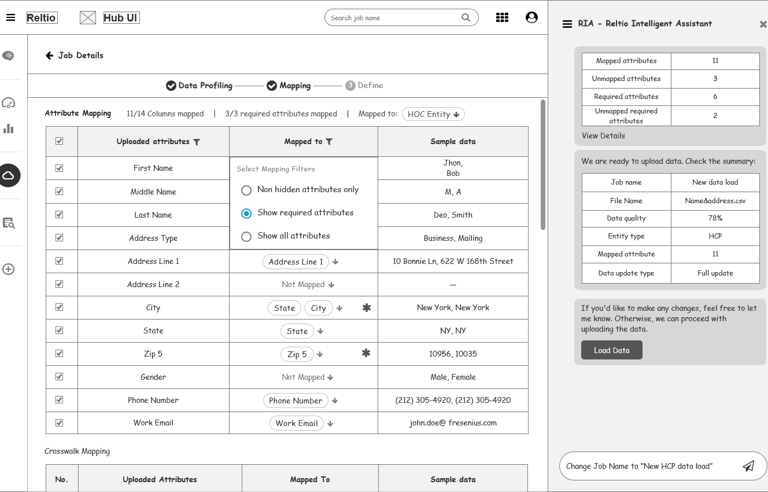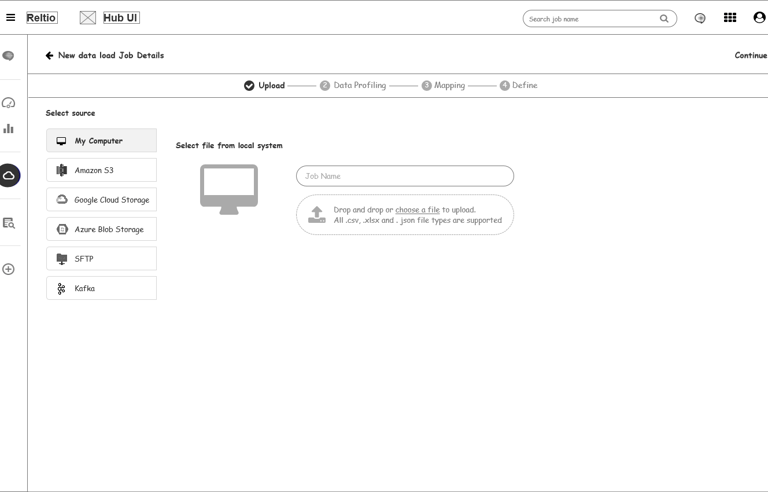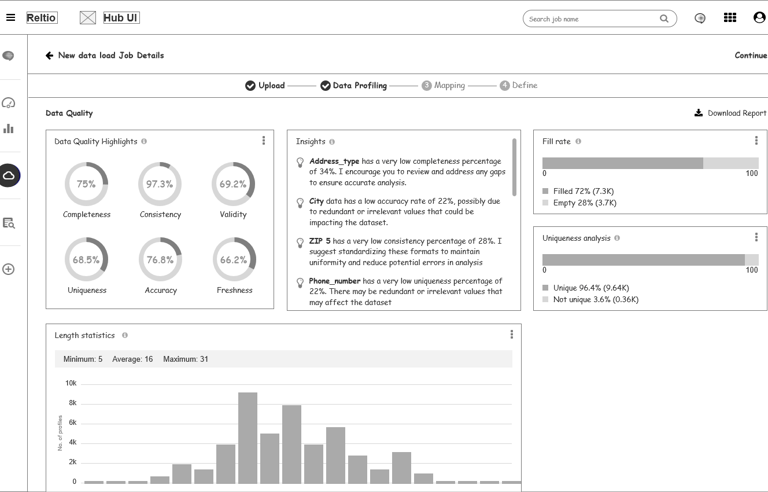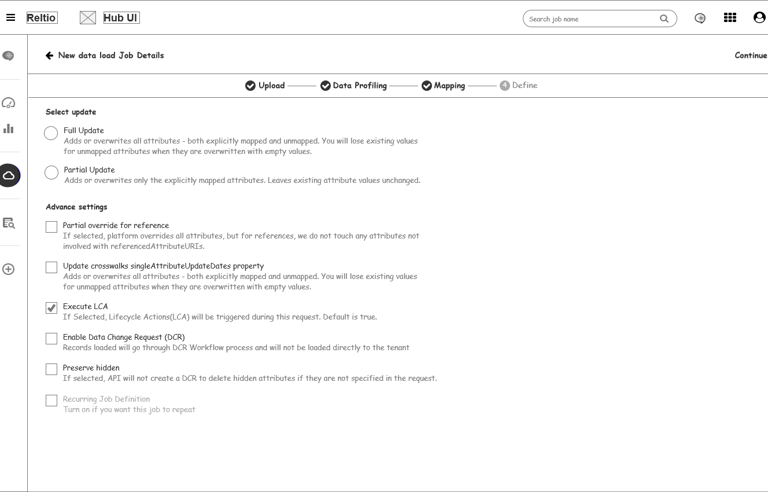Introduction
The Universal Data Loader (UDL) streamlines importing data into our platform from multiple sources into platform to generate reliable insights. While powerful, users have voiced challenges around usability, feedback, and efficiency. This research uncovers those pain points and explores opportunities to optimize the experience.
Current UDL Workflow:
Create a new job or duplicate an existing one
Select the input file from a source system (local/cloud)
Define new mappings or reuse existing ones for file-to-entity alignment
Set record update preferences
(Optional) Analyze key metrics from the input file
Start the data load process
Create trusted insights
Why this research matters:
Users report confusion and inefficiencies during data imports
Lack of clarity leads to drop-offs, errors, and support tickets
Insights from user feedback will guide improvements in efficiency, confidence, and usability
Where Data Meets Decisions
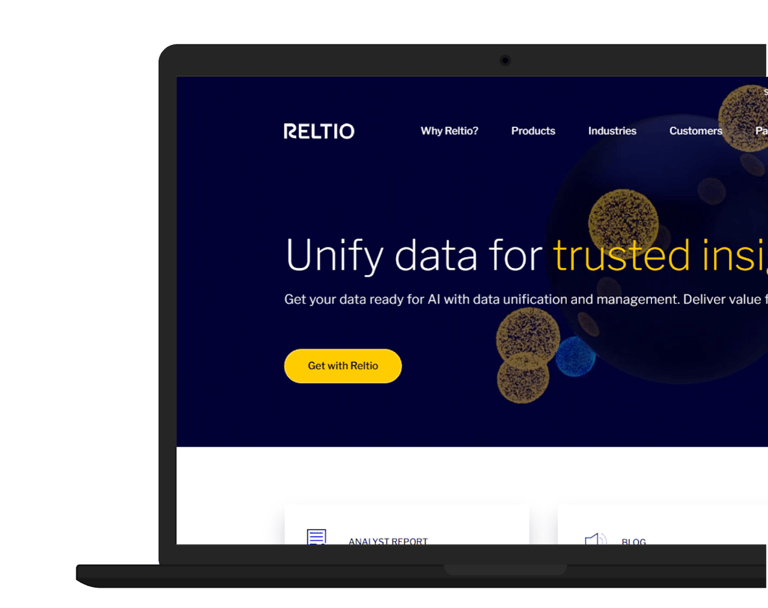

?
The Challenge
For data engineers and business analysts, importing data isn’t just about moving files—it’s about trusting the results. But instead of a smooth pipeline, users faced a maze: ambiguous steps, limited validation, no clear error handling, and uncertainty around whether the job succeeded or silently failed.
The Universal Data Loader (UDL) was powerful under the hood, yet something was lost in translation. Users struggled with:
Data quality concerns (uncaught errors, missing validation rules, no pre-load checks).
Limited analysis tools (hard to preview data, detect anomalies, or measure file health
before uploading).
Lack of transparency (unclear logs, no real-time progress feedback, minimal error reporting).
In short: UDL could process data, but users couldn’t trust the process & insights.
What I Wanted to Know
To transform UDL into a tool that feels effortless and reliable, I shaped our inquiry around seven
guiding questions:
Is UDL intuitive for all users, or only for experienced power users?
Can users track progress an d understand what’s happening during uploads?
Are we giving them enough validation and feedback to trust data quality?
Do they need better notifications, logs, or automation to ensure transparency?
Could AI/ML reduce manual effort (e.g., auto-mapping, anomaly detection)?
How can I enable data quality checks and file analysis upfront (profiling, error spotting, schema mismatches)?
What are competitors doing better?



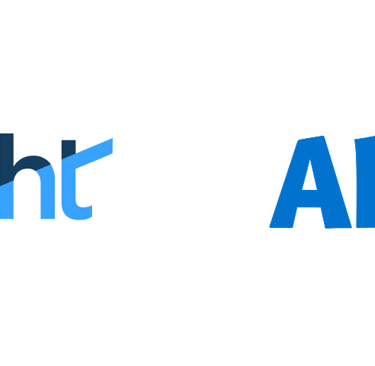
"
Project Details
Duration
8 Weeks
Researcher & Designer
Gurcharan Singh
Methodology
01 Feedback survey (Quantitative)
Purpose: Collect and analyze user feedback to identify recurring themes, pain points, and actionable opportunities.
Format: Survey responses consolidated and structured in a spreadsheet for pattern recognition and prioritization.
Tool: Google Sheets
02 Mining the Gold (User Feedback)(Qualitative Analysis)
Purpose: Collect, categorize, and analyze all ideas submitted by users to identify key insights and actionable feedback.
Format: User Aha feedback data organized in a spreadsheet.
Tool: Google Sheet (for data organization, clustering, and analysis).
03 Looking Outside the Bubble (Competitor Analysis)(Quantitative)
Purpose: To uncover strengths, weaknesses, and opportunities for enhancing user experience and gaining a competitive advantage.
Format: Market data and analysis in a structured spreadsheet.
Tool: Google Sheet
01
Voices of Our Users (User Feedback)
To kick off the research, I launched a survey to capture how users truly feel about the current Data Loader experience—whether they wanted change, or had ideas to improve it.
Survey viewed- 313, Total responses - 33, Overall Rating - 3.2, Comments - 12
Performance & Speed is a Major Frustration
Usability Gaps Cause Confusion
Demand for Smarter, Guided Assistance
What users wanted was loud and clear:
Survey Format
We launched a user survey with 11 questions across 4 sections, designed to capture both quantitative and qualitative insights:
About You — Role and frequency of use to segment responses.
Current Experience — Ease of use, pain points, and friction in the process.
AI & Automation — Interest in features like auto-mapping, error detection, guided assistance, and proactive notifications.
Overall — Satisfaction rating (1–10) and open feedback.
This structure helped to validate pain points, gauge appetite for AI, and measure overall satisfaction.
02
Mining the Gold (User Feedback)
I started by digging into over 84 user-submitted ideas via product feedback tool (Aha!). But raw data doesn’t equal clarity. So, I:
Standardized inputs to remove noise.
Clustered themes by pain points (e.g., validation gaps, poor visibility, slow manual steps).
Prioritized features based on frequency and potential impact.
Why can’t it suggest mappings automatically?
Can I be notified if a job fails—without checking manually?
Whole process is very complex and too slow.
What users wanted was loud and clear:
03
Looking Outside the Bubble (Competitor Analysis)
I didn’t want to build UDL in a vacuum. So I studied what the competition was doing—and how users reacted to it.
I analyzed tools like Informatica, Hubspot, Salesforce Data Cloud, Profisee, and more, focusing on:
Upload simplicity (drag & drop? CSV preview?)
Mapping intelligence (auto-mapping? manual tedium?)
Feedback mechanisms (real-time validation? silent errors?)
Extra sauce (data quality reports? AI-based suggestions?)
Key points to address
In this review I will look to get answers the following key questions:
How do competitors refer to Data Loader in their UI?
From where the user can access the data loader?
Does the data loader offer both batch and real-time data loading capabilities?
Are there any built-in data transformation or data quality features?
Offer automation for data mapping or schema detection?
Does the tool offer drag-and-drop functionality for file upload & mapping?
What kind of real-time feedback or progress indicators does the tool provide during data loads (e.g., success rates, error messages)?
Do they offer AI support to load data?
What actions users perform at job level?
What options users can perform at mapping level?
Do they offer a schedule of job options?
Do they provide any data insights, data profiling or data quality reports while loading data?
Other features worth mentioning.
I noted where UDL shined (speed, flexibility) and where it fell short (user guidance, error transparency).


Research Summary at a Glance
Theme
Insights (From Users, Survey & Competitors)
Opportunities / Final Outcomes
Performance & Speed
~35% of survey comments flagged slowness. Competitors provide real-time validation & progress indicators.
Optimize system performance, introduce progress tracker, batch processing.
Transparency & Job Management
Users want filtering, inline editing, timestamps, and clearer job states. Survey showed confusion about queued jobs. Competitors offer inline editing & live dashboards.
Add filtering, inline editing, job status column, timestamps, and transparent queue states.
Error Handling & Data Quality
Pain point: weak validation, unclear error logs. Competitors offer real-time validation & troubleshooting guides.
Add detailed error logs, skip bad records, validate formatting, anomaly detection.
_______________________________________________________________________________________________________________________________________________________________________________________________
_______________________________________________________________________________________________________________________________________________________________________________________________
_______________________________________________________________________________________________________________________________________________________________________________________________
_______________________________________________________________________________________________________________________________________________________________________________________________
AI-Powered Assistance
Users explicitly asked for AI-driven recommendations & guidance. Competitors (Profisee, Salesforce Cloud) use AI for mapping & quality checks.
Roadmap: AI-driven auto-mapping, anomaly detection, smart assistant for step-by-step job execution.
_______________________________________________________________________________________________________________________________________________________________________________________________
Job Scheduling & Prioritization
Feedback: users want control over execution order. Competitors allow pausing, stopping, scheduling.
Add job start times, priority queueing, drag-and-drop reordering
_______________________________________________________________________________________________________________________________________________________________________________________________
Notifications & Alerts
Users want proactive alerts. Competitors provide real-time tracking & error alerts.
Implement centralized notifications, real-time alerts for completion/failures/anomalies.
_______________________________________________________________________________________________________________________________________________________________________________________________
Search & Filtering
Manual filtering slows down workflows. Competitors integrate enterprise-scale filtering.
Introduce entity/relationship filters and AI-driven auto-selection.
_______________________________________________________________________________________________________________________________________________________________________________________________
Security & Trust
Credential masking missing; competitors offer RBAC and encryption.
Implement credential masking, RBAC, encryption for cloud credentials.
_______________________________________________________________________________________________________________________________________________________________________________________________
Some users described it as “smooth” or “easy,” but qualifiers (“but slow,” “could improve”) dominate. Negative outliers (“bad”) hurt perception.
Turn baseline usability into delight with speed + clarity + AI features. Quick wins reduce frustration fast.
User Sentiment
What's Next? From Insights to Action
Armed with this data, I was reimagining the Universal Data Loader in three phases:
Visibility First: A progress dashboard with logs, status indicators, and alerting.
Smart Mapping: ML-driven suggestions that cut manual effort.
Data Confidence: Inline validation and quality profiling so users know what they’re importing—before it breaks something downstream.


05
Usability Testing and Validation
Although the wireframes for the Universal Data Loader have been carefully designed to address the user needs and business requirements, usability testing is a crucial step in ensuring the product’s effectiveness and usability. By testing these wireframes with real users, I can identify usability issues, validate design decisions, and refine the user experience to meet the target audience's expectations.
Usability Testing Plan: To validate and improve the design, I plan to conduct a combination of moderated and unmoderated usability testing, focusing on key areas such as task completion, user satisfaction, and interface clarity.
Testing Methods:
Moderated Usability Testing: I will conduct one-on-one sessions with users, guiding them through the wireframes and observing their interactions. This approach will help identify specific usability challenges and areas where users struggle with navigation or understanding.
Unmoderated Usability Testing: Using tool UserTesting, users will be asked to complete predefined tasks without direct guidance. This will provide insights into user behavior in a more natural setting, and help identify any friction points that could hinder the user experience.


Post Testing
After usability testing, I will analyze the collected data to pinpoint usability issues, design inconsistencies, and areas for improvement. Feedback from users will be incorporated into the design, followed by further iterations to refine the wireframes. This iterative process ensures the final design is not only usable but also intuitive and efficient.
By conducting these tests, I aim to ensure that the Universal Data Loader provides a seamless and efficient user experience that meets the needs of its users, leading to a more successful product launch.
The ‘Why’ Behind the Work


This wasn’t just about usability—it was about trust, confidence, and time.
By connecting directly with users and benchmarking real-world standards, I am turning UDL into a tool users want to use—not just have to use.
In the end, it’s about making complex things feel simple. That’s the magic of good UX.

